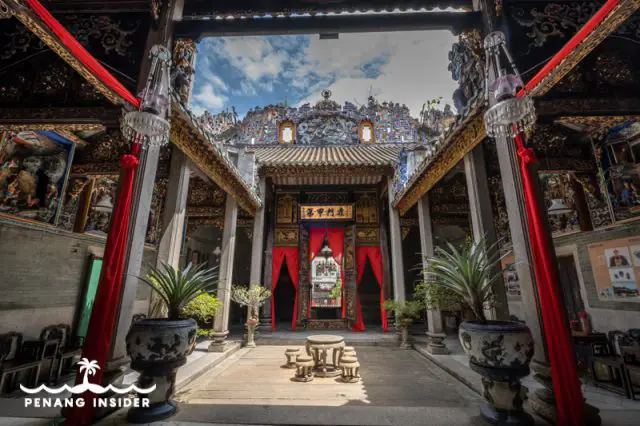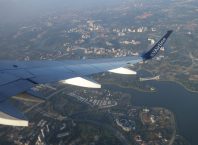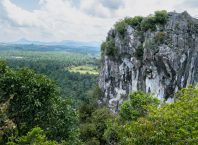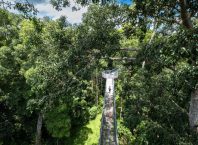Since being given a UNESCO World Heritage Site inscription in 2008, George Town on Penang island has developed and transformed quickly. And after two years of pandemic-related closures, new heritage hotels and Penang cafes keep sprouting from upholstered shop houses and mansions every month.
But one place in particular still resists change, upholding the fascinating history of one of Insular Southeast Asia’s most peculiar ethnic groups. Walk to 26 Church Street in Penang’s Little India, where a green-painted, opulent building stands as the vestige of one of the island’s most colorful early settlers: the Baba Nyonya, or Peranakan.
Who are the Baba Nyonya, or Peranakan people?
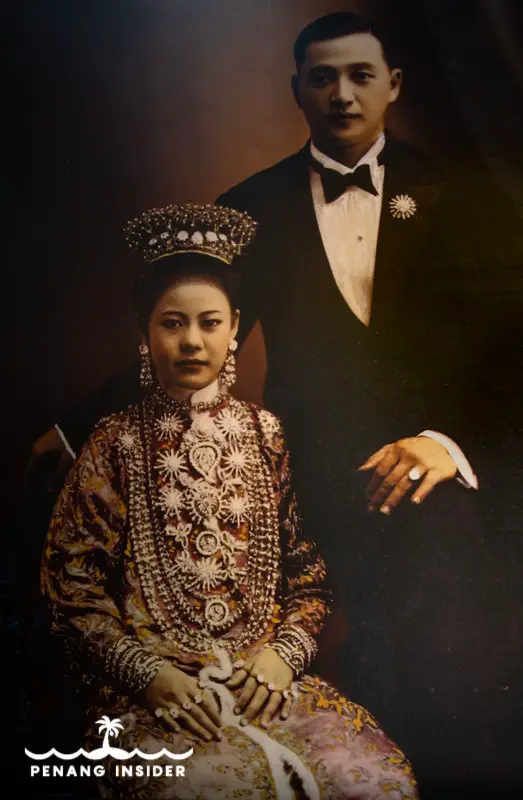
The Baba Nyonya is the generation born from the intermarrying of Malaya’s first Chinese settlers and local Malay women, with subsequent influence from the culture and ways of the British colonizers. Peranakan is the peculiar heritage of Southeast Asia’s main Straits Sea settlements, like Penang, Melaka, and Singapore.
Traditionally beautiful because of their mixed genes, the Baba (meaning “man”) and Nyonya (“woman”) styles mixed the opulence of ancient China’s dressing style with a passion for jewelry and gold. Besides their characteristic Peranakan beaded shoes, Nyonya women loved carrying diamonds on their fingers, sporting golden necklaces, and wearing elaborate headdresses. Look for a rare one at the back of the Peranakan Mansion: a priceless crown embezzled with thousands of strands taken from the feathers of the now-protected Kingfisher bird.
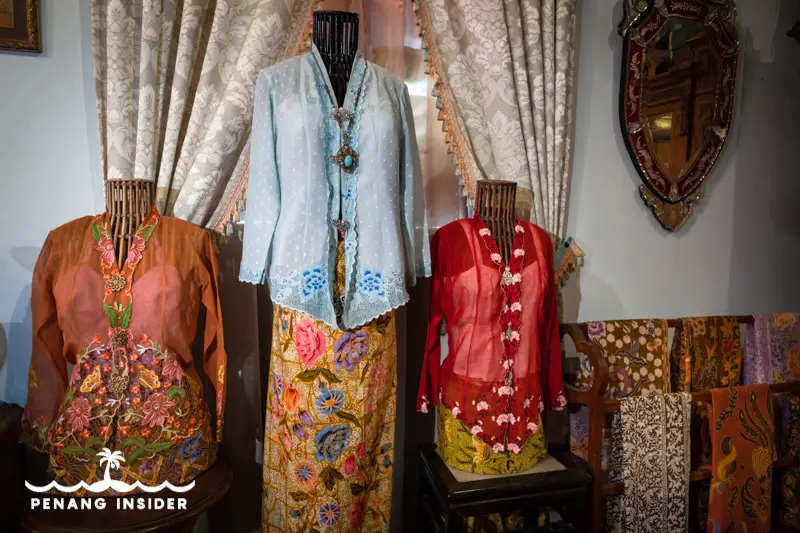
Penang’s Peranakan Mansion is the best place to plunge into that past and imagine how these large, rich families lived in the dawn of the twentieth century. The mansion was built in the 1890s by Chung Keng Quee, which was not Baba himself.
Peranakan Museum Penang: Opening Times, Price, and How to Get There
This is a map of the Peranakan Mansion, open daily from 9 am to 5 pm. The price of admission is RM25 for adults and RM12 for children between 6 and 12 years of age. One ticket allows one to enter the mansion multiple times in a day, so keep the sticker they will give you if you intend to do so.
Included in the ticket price is a guided tour of Penang Peranakan Museum. You just have to show up at the right time and follow a guide. Tours last about 45 minutes and are conducted in English or Mandarin. The first tour 10 am, followed by 11.30 am, 1.30 pm, and 3.30 pm.
As a last piece of information, Penang Peranakan Mansion is a popular spot to take stunning pre-wedding photos in Penang. It costs RM200 for 2 hours and allows entry to a group of 5 people (bride, groom, photographer, and two assistants). You may call +60 (4)-2642929 for more information.
Meet Penang Peranakan Mansion’s founder: Chung Keng Quee, the “Kapitan China” of Penang
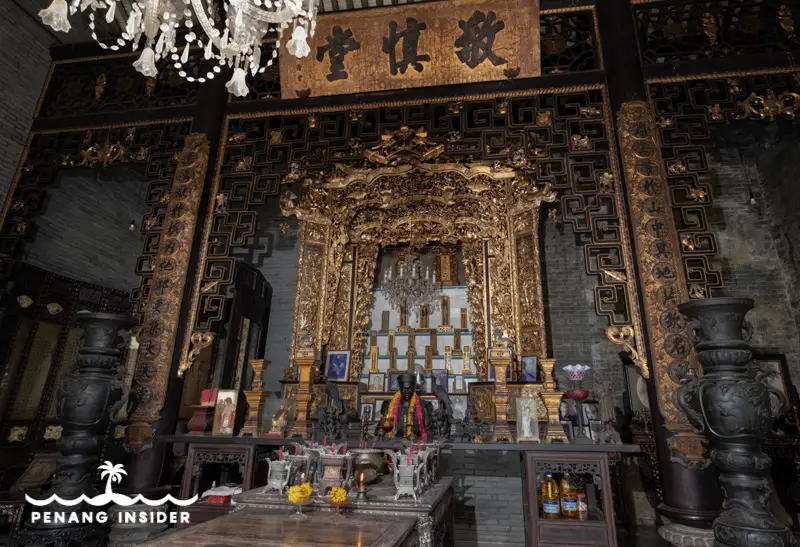
Sent to Nanyang (Southeast Asia) to look for his brothers, Chung Keng Quee was a Hakka Chinese migrant from southern China who worked his way up in Malaya and became the “Kapitan China” (an honorary title bestowed to him by the British colonizers) of neighboring Perak state and chose Penang as his final earthly abode. His magnificent grave remains on a hidden hillock in the Mount Erskine area of northeastern Penang island.
Chung Keng Quee made his fortunes with the tin trade in Taiping town and was involved in the gang skirmishes that brought to the Larut Wars, which were instrumental to the signing of the Pangkor island Treaty with the British in 1874. His acumen and strategy made him one of the richest men in 19th-century Penang.
WANT TO VISIT TAIPING? CHECK OUT THESE GREAT TAIPING HOTELS
That wealth reflects in the structure of this “Hai Ji Zhan” (Prestigious Mansion), which mixes European interior furnishings such as Scottish cast iron works and Stoke-On-Trent ceramic floor tiles with traditional Chinese elements.
Chung’s times were ripe with gang warfare for the control of tin and its wealth — and the man had been dwelling in this underworld since his time in Taiping, Perak, where he led a powerful secret society, Hai San.
Visiting the Penang Peranakan Mansion
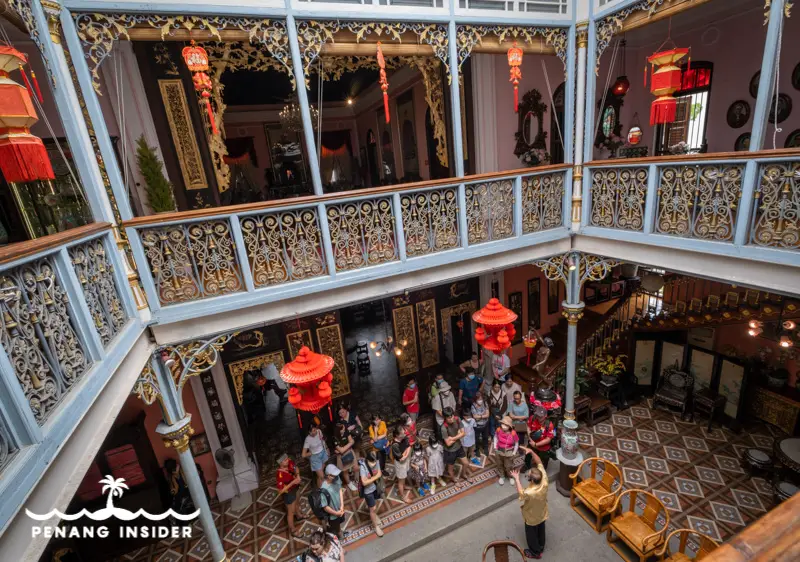
Visiting the mansion today, that feeling of constantly “watching one’s back” is clear from the dining room that spills to the right of the house’s central open airwell, the main architectural feature of the mansion that visitors encounter right upon entering.
There’s a long, ornate dining table (the tok panjang) to accommodate the large family of 16, at whose sides hang two large mirrors. In those times of gangsterism — remember the Penang Riots of 1867, when the Hai San and Ghee Hin secret societies clashed, marking the decline of the latter — these mirrors acted as prototype CCTV cameras. As he sat at the end of the dining table, they gave the tycoon a view of the main entryway and the back of the house, also allowing him to monitor his many children.
Chung Keng Quee died in 1901, shortly after his mansion was completed, and the building was passed down to his descendants, who, unfortunately, let the beautiful mansion rot off its beams. Thankfully, in the year 2000, Peter Soon, a Peranakan property developer and avid collector of the rare and beautiful antiques and artifacts of the Peranakan Chinese, bought the house from a fifth-generation descendant of Chung, and restored it to its former glory.
Soon turned it into a Baba Nyonya museum filled with both Peranakan and colonial history. On the first floor, there’s an exhibition of vintage crystals from the UK, among over 1,000 Peranakan objects, including rare original furniture such as an exquisitely carved nuptial bed and an opium recliner.
The Chung Keng Kwee Ancestral Temple
Don’t forget that to the back of the house is the magnificent clan house and temple that Chung Keng Quee himself had built in 1899. Like the similar buildings the Kapitan erected in his native village of Zengcheng and Guangzhou back in China, he called this part of the Penang Peranakan Mansion the “Shen Zhi Jia Shu” (Majestic Hall).
With its three-bay width with double sections, and a traditional architectural motif of Cantonese ancestral halls, the temple is also Chung Keng Quee’s living memorial — you can see a bronze statue of the tycoon set in front of the main altar, which itself faces a beautiful entryway topped with carvings of dragons. The hall features detailed and beautiful Chinese carvings around the sides of the open roof, some depicting folk tales and other replicas of Chinese mansions.
Before you leave, stroll at the back of the mansion, where the collection of objects and ornaments exhibited in the Straits Chinese Jewelry Museum seals the visit with a peak into the luxurious tastes of the Baba Nyonya.


